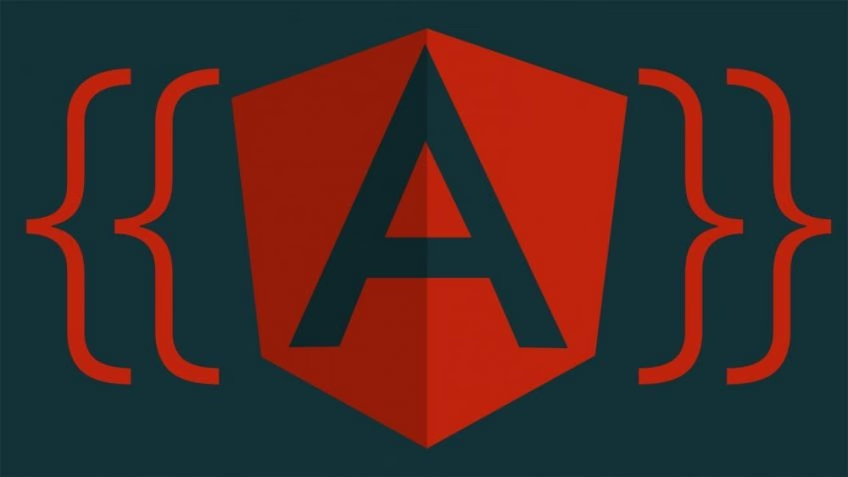
Angular 3: Release Date, Features and Changes
Wondering about Angular 3, its release date, features and changes? Here's a spoiler: don't be. There's no Angular 3. Keep reading if you want to know why.
In this article
- What's Been Happening to Angular?
- Understanding SEMVER
- New Angular Features in Version 4
- Frequently Asked Questions on Angular
In May 2024, Angular developers were offered the Angular 18 version of this popular web framework. How come that Angular 3 is missing from the version list? The thing is Google jumped right from Angular 2 to Angular 4 back in 2017.
To make everything smooth and simple after a misalignment of the router package's version, the best option was to just go ahead and skip right over v3.

Get a complimentary discovery call and a free ballpark estimate for your project
Trusted by 100x of startups and companies like
Don't worry, you're still going to get all those breaking, brand new features you've been looking for, but the process will be a whole lot more streamlined than it was with their last major release. It's a win-win for developers and Google alike.
What's Been Happening to Angular?
Igor Minar, the Angular Team Lead at Google, spoke about what's to come at NG-BE, Belgium's first Angular conference. He was completely transparent with what's been happening and the changes they plan to implement within the next year or so.
Since the major, breaking launch of Angular v2.0.0, there have been a number of minor releases with new features.
- V2.1.0 included router enhancements and route reloading
- V2.2.0 included Ahead-of-Time compatibility and ngUpgrade
- V2.3.0 improved language service (especially by IDE vendors).
Basically, prior to Angular 4, Google really ramped up their offerings, with v2.3 being the most comprehensive — especially when it comes to errors. The service increased their error handling and created better error messages, so you can actually fix problems rather than scratch your head hoping you're getting it right.
Understanding SEMVER
Part of the reason Angular decided to jump right from Version 2 to Version 4 was because of SEMVER (Semantic Versioning). This makes it a whole lot easier to keep track of your upgrades. Understanding what comes with each versioning release is easy if you know the system.
- Every version has three numbers (V2.1.0, V2.2.0, etc.)
- A change in the first number means a breaking change — they're released every six months. Two major versions are released once a year.
- A change in the second number means there are new features, but not a breaking change. That will be released every month.
- A change in the final number is a patch and bugfix. Those are released every week.
Angular is built on a monorepo, which means there's one huge repository on GitHub that has all the updates and packages. All Google applications use the most current Angular version based on whatever is on GitHub's master branch of the Angular repository. This is also where Google's products like Maps and Adsense live.
Hire expert developers for your next project
1,200 top developers
us since 2016
This is both good and bad. Projects using Angular internally at Google are extensively tested against the new version. This means the team is confident about new releases because they've already been road-tested within Google. Angular should have smoother transitions than ever because of this simple fact.
New Angular Features in Version 4
Angular 4 planned to launch a whole set of new features. The service planned to add the following:
- TypeScript compatibility
- Backwards compatibility with Angular v2
- Better Angular compiler errors
- Increased speed
One of the most notable additions was TypeScript compatibility. The TypeScript team has been working to create smarter compilers that handle errors better and more accurately, helpful error messages. They also planned to implement strictNullChecks to provide more type safety. Ngc was supposed to be faster overall because they optimized TypeScript.
This was a breaking change because the version of TypeScript used at the time wasn't compatible with Angular v2.1. In addition, increased backwards compatibility with Angular 2 allowed developers to successfully use interfaces and data from applications made with Angular v2. This was not a massive, confusing overhaul where you have to rewrite your entire body of work.
There was also one other change Google was pushing for. The product will also no longer be called Angular JS, Angular 2, Angular 4 and so on. It simply going to be referred to as Angular — the version (i.e. 4) is a secondary detail. You should use Angular when referring to the JS and v4, v2, etc. when referring to specific features within a version.
This Transition Was Nothing to Fear — They Made it Simple
Let's not even talk about the nightmare of changing from Angular 1 to Angular 2. With all the new APIs and patterns, it was an immense change. Angular 2 was a total rewrite. Changing from version 2 to version 4 was not anywhere near as difficult, even with all the new features. Google changed some core libraries in Angular, but there were proper depreciation phases so developers had time to adjust their code. They didn't have to rewrite everything and scramble to make things compatible.
Further Angular Versions
Angular 4.0.0 was released on March 23, 2017. Since then, the platform saw quite a number of updates and new releases.
Hire expert developers for your next project
We're currently using v18 with the Angular 19 expected to come out in November 2024.
Frequently Asked Questions on Angular
Angular is a development platform for building web applications using HTML and TypeScript.
While Angular is diminishing in market share, it is still a great framework to have in your arsenal.
Angular 18 was released in May 2024. Angular 19 is due in November, 2024.


